In this article I’ll show you how to write high-converting copy for any product. Whether you’re selling something in-person or on the Internet, a sale will always consist of three things.
There are three elements to selling anything:
- The audience
- The offer
- The copy
And that’s a hierarchical order.
Start With A Hungry Audience
The most important part of sales is selling to the right audience. It’d be super easy to sell water to someone in the Sahara desert because your audience is starving (or rather thirsty) for your product. If you own the only water stand in a 10-mile radius, how hard do you think it’ll be to sell water? Your audience would spend anything for a bottle of fresh, cold water.
Here’s a video explaining why:
But what if you owned an ice cream stand at the North Pole?
Would people there be eager for ice cream?
Probably not.
A tea stand would likely do better because your audience wants to warm up.
As you can see, a bottle of water, an ice cream and a cup of tea don’t have the same value. The value of these offers is contextual and only exists in the eyes of the beholder.
That’s why selling to the right audience is the most important principle of sales.
You might have the worst water ever, overcharge massively and do a horrible job at selling. But exhausted people on a hot day in the Sahara desert will still buy your water because they’re so thirsty. Audience trumps everything and is more important than your offer and your copy.
In conclusion, one could say, selling the right “desirable” product to the right “hungry” audience is the key to all sales in business. Get this right and you’ll thrive.
Get this wrong and nothing else will fix it.
How Important Is Your Offer?
The offer is not the thing you’re actually selling.
It’s kind of equivalent to your product but it also encompasses other things such as your pricing.
A wooden watch is a product.
But a wooden watch priced at $0 and sold in a free plus shipping setup is an offer. A bundle of downloadable music consists of multiple products. But when I take that bundle of products and sell it for 50% for four days and add in a free bonus, now it’s an offer.
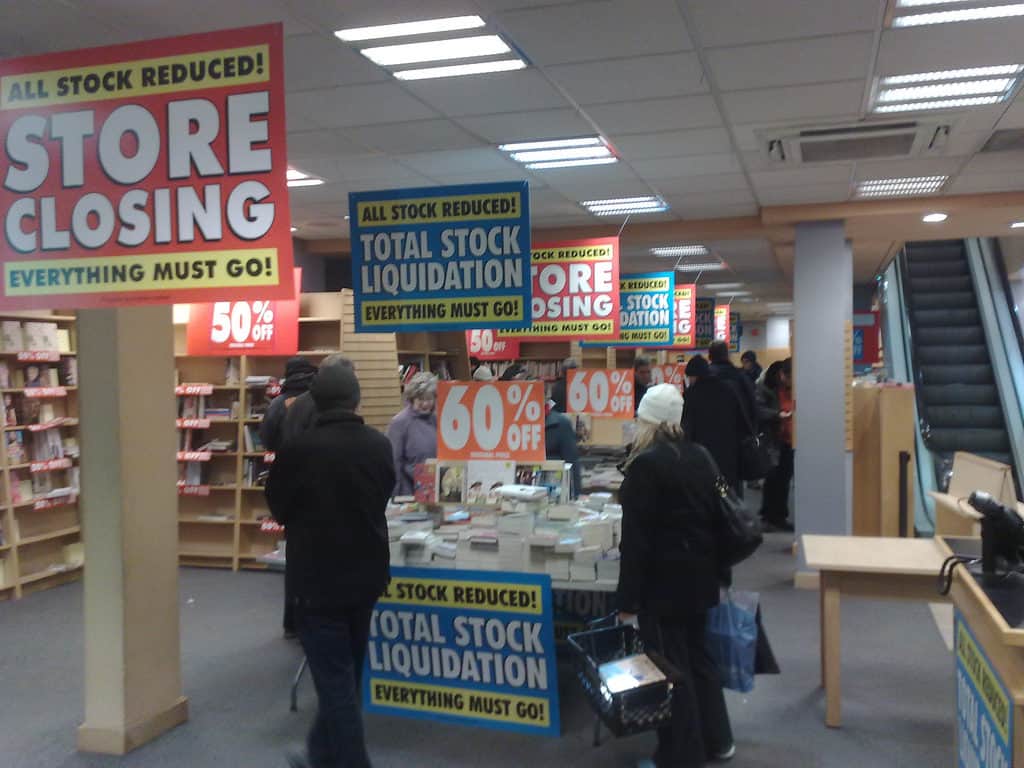
Photo Credit @ fsse8info via Flickr
The product is the thing you’re selling (the watch, jewellery, jeans, service or digital download). The offer is how you price, set up and structure your product to appeal to customers.
Your offer matters, but not as much as your audience does.
People will buy a bad offer as long as they have a deep enough desire to own the product.
Here’s an example:
Someone who’s really into forex trading might shell out $1,000 for an online course to learn the newest strategies. It might be a no-brainer given the value. At the same time, someone else who has zero interest in investing, would never spend $1,000 on that same online course.
Same product. Same offer. Different audience.
The key is to find an audience that has an itch to scratch.
What if we create a much better offer and try to sell the same course to people not interested in forex investing? For this experiment, let’s lower the price of the product from $1,000 to $1.
Objectively this is a better offer.
But someone who isn’t interested in forex trading won’t be willing to spend a single dime to learn anything about it. This proves that the offer is less important than the audience.
Now let’s talk about the final element of every sales process offline and online.
Copy is the Least Important Aspect Of Sales (But It Still Matters)
Sales copy is how you communicate the value of your offer.
It’s all about the ‘why’.
Why is this offer good compared to others? Why should the customer own this product? Why is it important to buy the product? Why should the customer act now rather than later?
Of course it’s also about the ‘how’.
You might have to instruct your customers on how to purchase the product or how to use it. Guiding your customers through the sales process is an important component of writing good sales copy. But for the most part it’s about overcoming objections and communicating the value of your offer correctly. As Simon Sinek teaches: “Always start with why”.
In sales, this is linked to benefits.
There are three things you can focus on when selling something:
- The product
- The features
- The benefits
Good sales people always focus on selling the benefits of a product. Bad sales people attempt to sell the product itself or the features of the product. In the eyes of your customers, the product and the features don’t matter much. The only thing your customers care about is the benefits of the product, in other words, how it will satisfy a need, make life easier, create happiness, reduce discomfort or solve a problem.
So what is an example of trying to sell the product directly?
“Here’s a box with four wheels made out of metal. It’s called a car”
“Would you like to buy it?”
Obviously this is a ridiculous sales pitch. But that’s quite literally what a car is. It’s a funny shaped box with four wheels made out of metal. If you’d try to convince a stone age man to buy a car, you’d have to explain a bit more what this thing actually does.
And that’s where features and benefits come into play.
The features of a car could include:
- It weighs 1,500 kg
- It has four wheels
- It has an audio system
- It has leather seats
- It runs on diesel
- It’s made out of steel
- It has an AC system
- It has the ability to drive
The features of a product are usually quite boring. And although selling the features of a product is more effective than selling the product itself, you will leave a lot of money on the table. Features are important. But nobody actually buys a car because it has AC, drives around and is furnished with leather seats. And that’s why benefits are so important in sales.
What’s the benefit of having AC built into your car? When you’re stuck in traffic on a hot day, instead of sweating like a pig, you’ll feel a cool breeze of cold air.
The fact that cars can drive isn’t actually a benefit (hint: it’s a feature).
Toy cars also drive around but they don’t have many benefits. The main benefit of a real car is that it gives you flexibility and freedom. You can comfortably move from A to B on your own schedule, all while saving time and avoiding clogged metro stations, expensive cabs and smelly busses.
Here’s a little copywriting exercise:
Describe the benefits of a car audio system.
You can repeat the exercise for any other feature of a car, such as if it’s electric or runs on gas. This will teach you the difference between thinking in terms of benefits versus features.
What Does Bad Sales Copy Look Like?
Bad sales copy is not the exception, it’s the standard.
Most inexperienced e-commerce store owners do a terrible job at writing sales copy. In fact, most people don’t even write any copy at all. Instead, they just paste a list of features without explaining their benefits. This leaves a lot of guesswork to the customer and is certainly killing conversion rates. Particularly in the drop shipping space many are guilty of this.
For example, if you’re using Oberlo to import products from Aliexpress, you need to edit the title and description. Oberlo will simply copy the Aliexpress title and import a list of product features that are often filled with typos, repetitive and say nothing about the benefits of the product.
Here’s an example of bad sales copy:
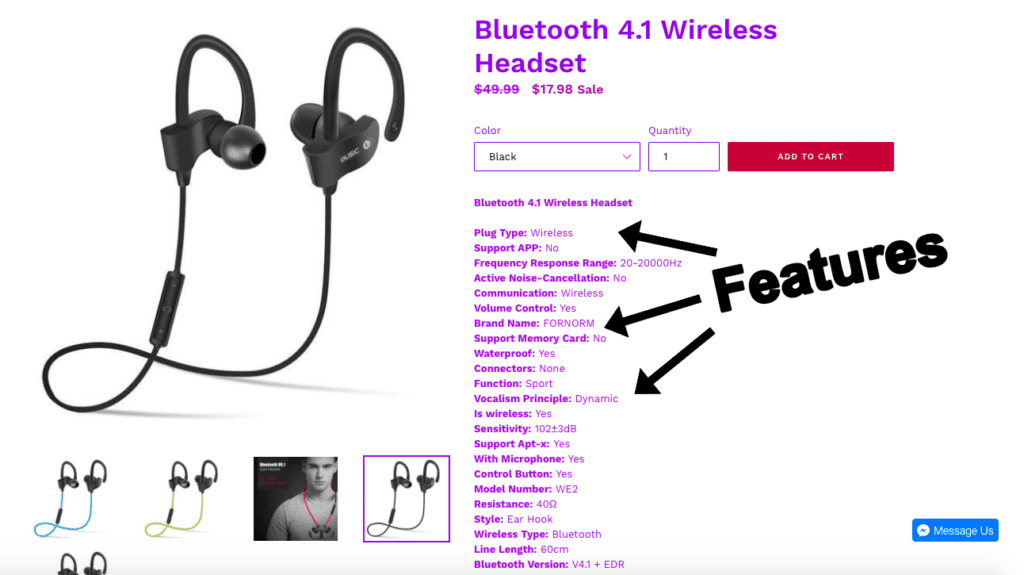
This is a drop shipping store selling a wireless bluetooth headset.
If you’re serious about selling stuff online, at least take the time to write some persuasive sales copy. Even if you just write a single paragraph, you have to communicate the value.
What Is Good Sales Copy?
Good sales copy always focuses on the benefits.
Why?
Because the benefits are the only thing your customers care about. Nobody buys products or features. Everyone of us, including you and I, only buy something because of its benefits.
That’s true for e-commerce, too.
Here’s an example of good sales copy:
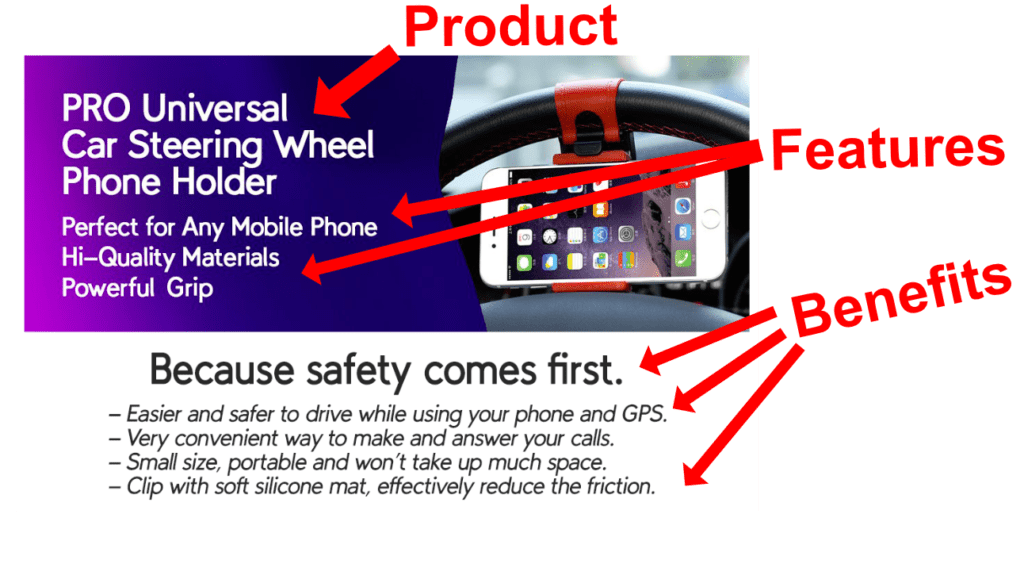
As you can see there’s nothing wrong with listing features or describing a product. However, you have to combine this with benefit-driven sales copy that explains “why” someone should buy the product. The drop shipping site above does a great job at communicating the benefits.
(If it’s really safer is questionable, but that’s a whole other topic)
The bottom line is:
Even if you’re selling products that have obvious benefits, you should try to write good sales copy that effectively communicates those benefits to your website visitors.
Good sales copy won’t salve all your problems.
It’s not going to make up for targeting the right audience or making a great offer, but it still is a factor that influences sales in a big way. While it’s important not to get lost in the “micro” of sales copy, you still have to learn how to write persuasive product descriptions. It could be the difference between a 1% or 2% conversion rate. In the context of advertising, small improvements like this can make a big difference.
Let me know in the comments what has helped you increase sales in the past? 🙂
I hope you enjoyed the article.
See you next time!
– Till

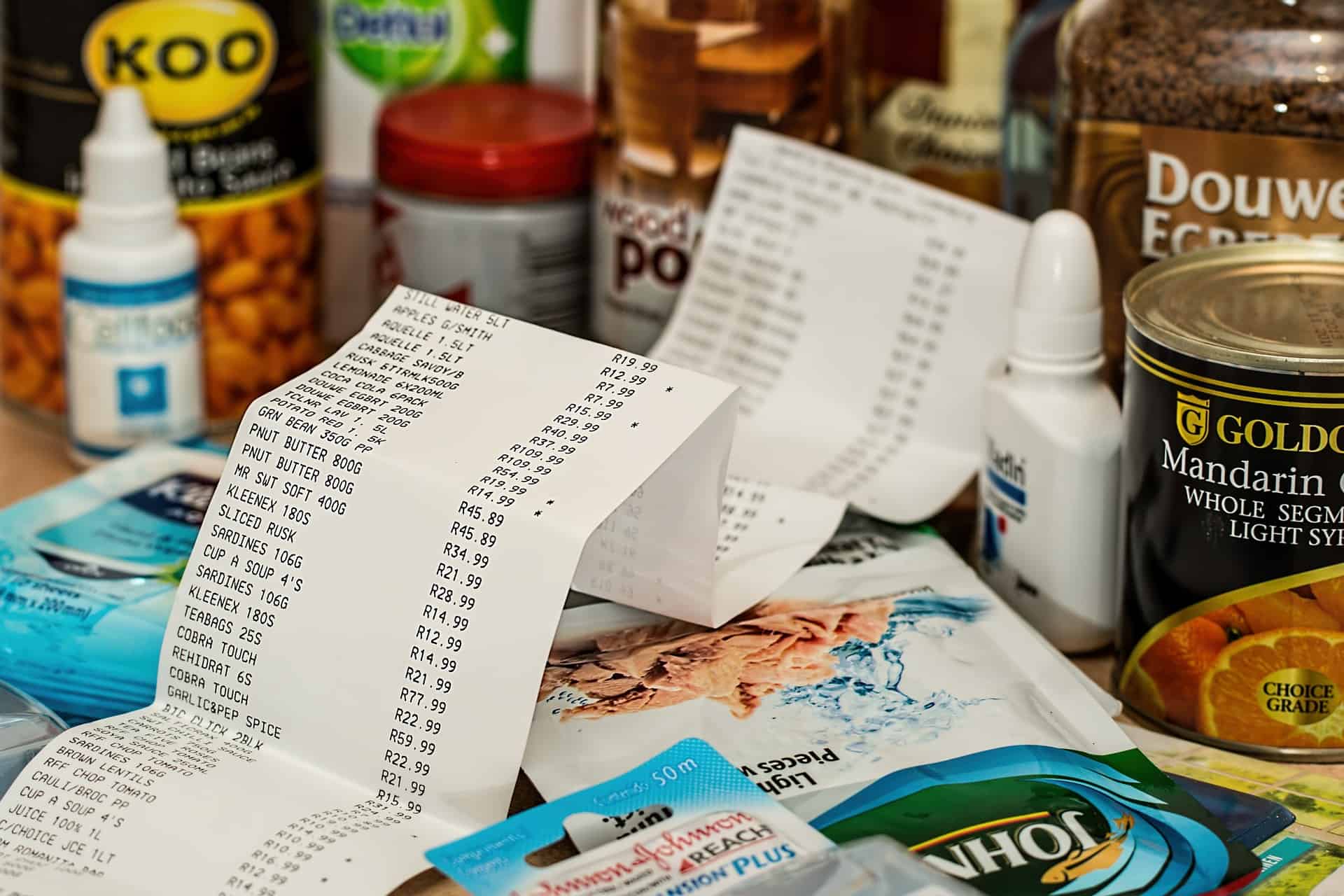

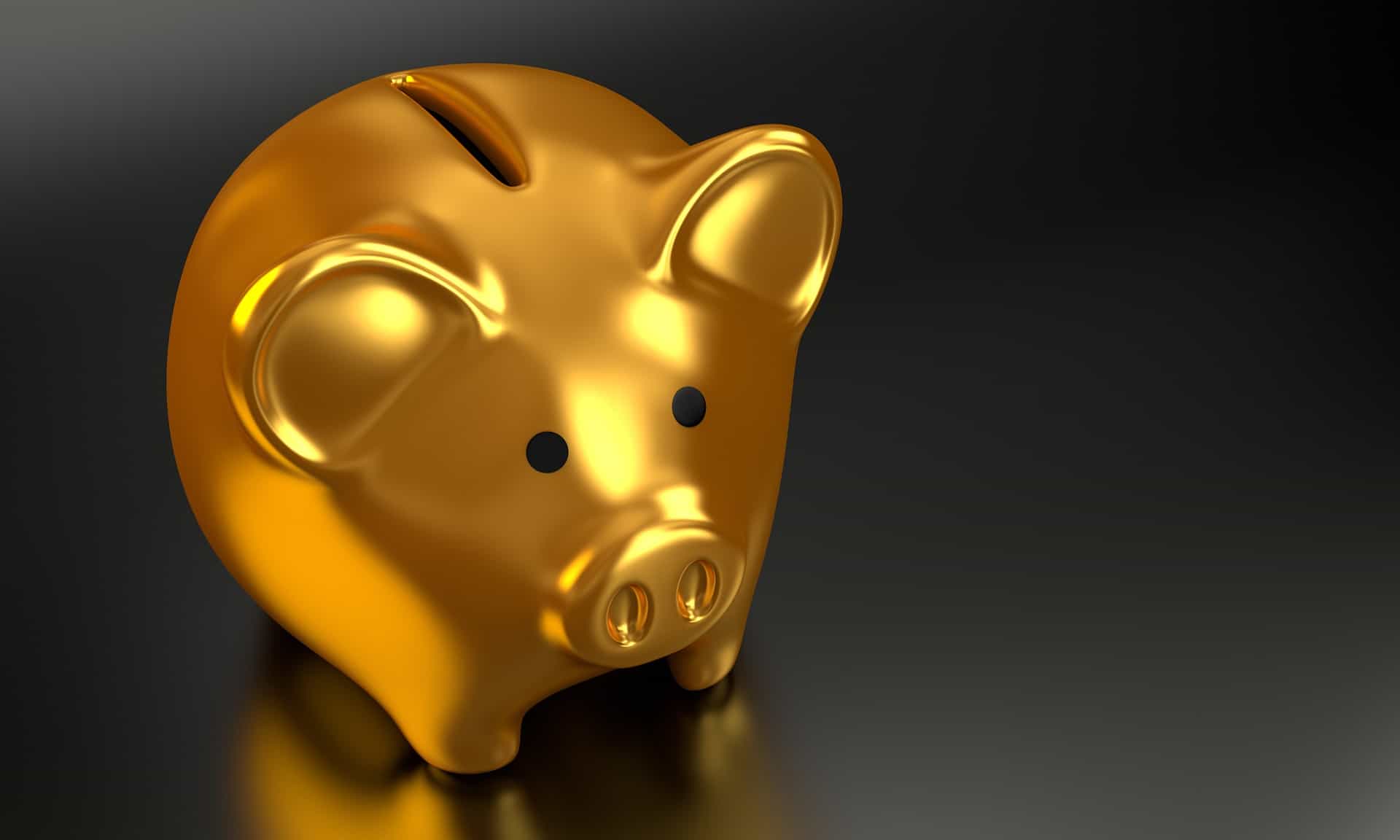

Max
Hey Till
Could You Share How Many Visitors did you had in your optin page in this promotion ?http://www.tillboadella.com/black-friday-marketing-strategy/
I m triying identifed my fails in my funnel (so Know your math could help me)
Actually in all my test I have Good metrics
-CTR 3% And sometimes around 5% constant (Awareness Campaign to my Article)
– CPC 0,2 – 0,3
– Around 20% – 30 % of Visitors Of articles go to the F+SH offer (That is a show of Interest in the offer? ) but If I run a campaign with 5$ (with 0,3CPC ) that is just 16 clicks per day or 116 in a week and just 23 – 35 visit to my Offer
A problem that I find is that my RT campaign get Low Clicks…. What can be the reason ? (Targeting is good … they are the readers of my article… The Creative is the cover of my product …. and copy usually is the benefit or say that my product is free just pay shipping)
So…. for you how many visit or what is the right budget to say if of campaign is working or not (When you are seeing that the metrics are correct?)
William
It resonates. Benefits are important
William
David Johnson
Till, great intro to ecom copywriting here.
Want to introduce a thought I had whilst reading – selling using features and benefits in the car example.
You mentioned “nobody actually buys a car because it has AC, drives around and is furnished with leather seats”
But is that true?
Here’s my thinking… BENEFITS get someone to purchase a product. But that does not mean they will purchase YOUR product necessarily.
I need a car because of x y z, but who says I will buy yours?
That’s when you differentiate your product from competitors by selling on FEATURES.
Oh, you’re in the market for a car? Well mine comes with air conditioning and leather seats! If the other cars they are looking at don’t have leather seats they just got left in the dust.
Add in a cup-holder and you’ve got a million dollar product 😛
Thoughts?